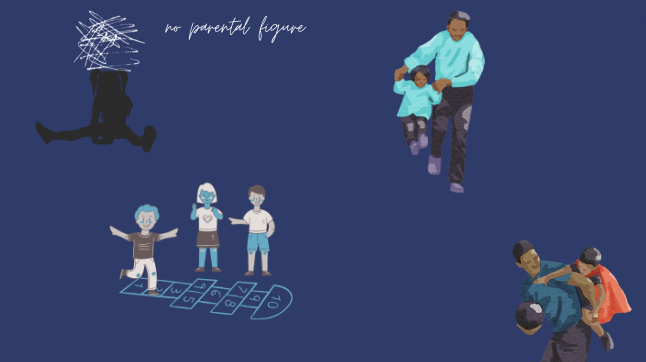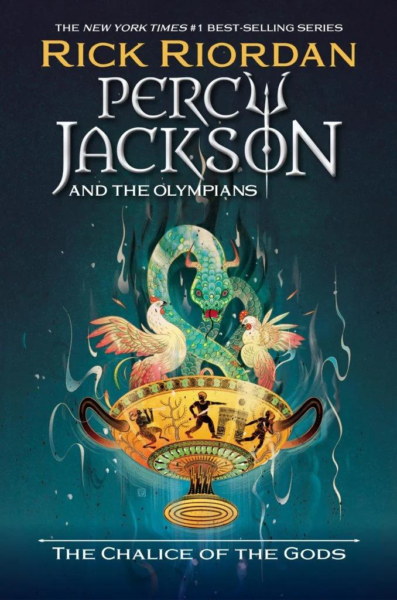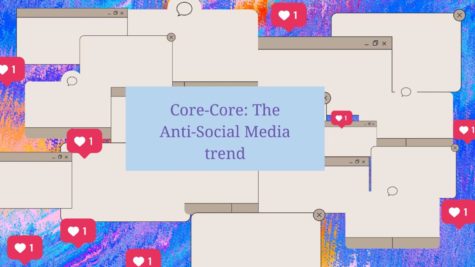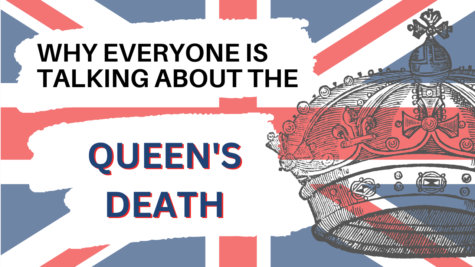Comparisons between circumcision and genital mutilation
This painting depicts circumcision in the 16th century
November 20, 2017
It’s 2017, and people have finally started talking about circumcision–the world’s oldest and possibly one of the most controversial surgical procedure–estimated to be over 15,000 years old.
Circumcision is an elective procedure in which the foreskin of a male penis is surgically removed. It’s most commonly done when the baby is a newborn–usually within the first month of their life. Often, only local or injected anesthesia is used. That means the baby is usually awake during the procedure. This practice has continued in the Western world for thousands of years, and only in the past few years have people began to question the legitimacy of it.
There is no clear consensus as to why, or how the procedure began. Peter Charles Remondino, a late 19th century physician, suggested that the practice began as a less severe and non-fatal form of emasculating an enemy or prisoner of war. In the modern world, it is most commonly practiced for religious or cultural reasons. There is some evidence showing that being circumcised may decrease a male’s chances of contracting urinary tract infections and some sexually transmitted diseases.
In 2008, an activist group called Intact America was founded. Intact is the most recent movement against infant circumcision, and has been expanding rapidly since. The organization is comprised of advocates, medical professionals, and academic scholars.
“Intact America is the largest national advocacy group working to end involuntary circumcision in America, and to ensure a healthy sexual future for all people,” according to the group’s website, intactamerica.org.
Some of the arguments against circumcision include adverse complications, medical unnecessarity, and lack of support from the medical community. In 2012, the American Academy of Pediatrics concluded that the benefits of circumcision technically outweigh the risks, but did not recommend it as a necessary medical procedure. A study from the World Health Organization found that circumcision lowered contraction rates of HIV, however these studies were only performed in developing countries of Africa. The WHO concluded that circumcision should be part of the comprehensive HIV prevention system in third world countries.
As far as the medical community goes, professionals are having a difficult time agreeing on whether circumcision is more beneficial or harmful. Major health organizations have yet to recommend the procedure unless it is medically necessary.
The final dilemma activist groups present is ethics- making a permanent, and possibly risky or disfiguring, choice for a child when they are less than two months old. Intact America likens circumcision to female genital mutilation that’s common in third world countries –done for cosmetic reasons, hygiene, or religion. Anti-circumcision speakers also address the lack of consent from the child for a procedure that will affect them for the rest of their lives.
“We have no right as parents or as physicians or adults to strap them down and chop off a normal part of their body. To do that is a human rights violation and an ethical travesty,” says Georgeanne Chapin of Intact America.
However, many academic scholars feel that circumcising your child is necessary. Edgar Schoen, a former professor at the University of California says, “I feel about newborn circumcision the way I do about immunization: It’s a potent preventive health procedure that gives you a health advantage.”
Currently, there are no laws forbidding circumcision but many insurance companies are no longer covering the procedure and physicians are no longer recommending it unless necessary. The choice is still accepted to be the parents’ to make, but rising activism groups are attempting to provide information and awareness to facilitate educated decisions.















